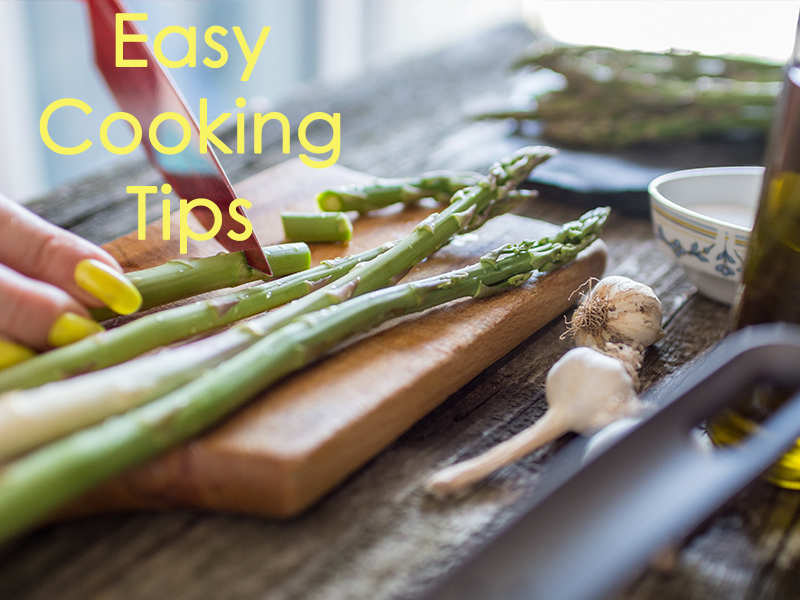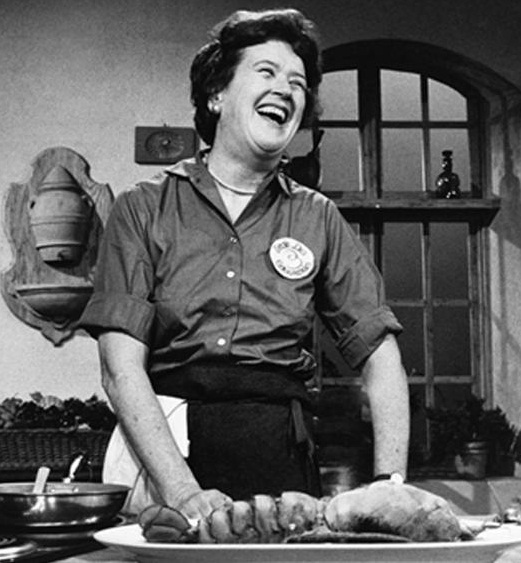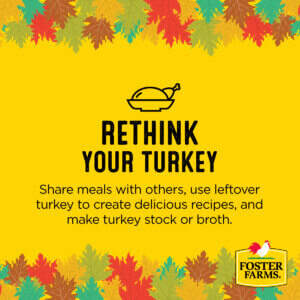
You need to understand the causes of warping in your cast iron skillet. These are Thermal expansion (Sharp flash), and reseasoning. In this article, you'll learn how to avoid these problems. If you're worried about the warping of your skillet, here are some easy solutions. Here are some possible causes. This article can be found on Sharp flash, Re-seasoning.
Thermal expansion
Cast iron is susceptible for warping. This can be caused by rapid temperature changes. The temperature change rapidly causes the center of cast iron to expand, while the outer layer is not affected. The cast iron may also break or warp if there are sudden temperature changes, such as when it is immersed in cold water. Thermal shock is also known as this. There are preventative steps you can take to avoid this, like heating the cast iron pan carefully before using it.
Before you cook with high heat, it is important to let your meat cool off before placing in the pan. This will reduce the temperature difference between the meat and the saucepan. The mismatch of pan sizes is another reason for warping. If you place a large saucepan on a small burner and only the middle is exposed to heat, the pan will expand more quickly than the rest.

Sharp flash
This problem is most likely to have occurred to cast iron cookware. Temperature changes can cause a sudden flash. The pan's hot center expands, while its cool center does not. This causes stress to the iron, which in turn causes it to warp. Most flashes can be trimmed during the finishing process. Some flashes can be left in the handle. It is important to keep in mind that flashing does not affect cooking or handling and is not indicative of poor quality.
Cast iron cookware can begin to warp when it is easy to detect by the shape of the pan. This is often seen on the bottom. It's more common in long flat castings. Instead, search for curving shapes at the thickest point of the wall. Warped pans often cause liquid to pool in the middle and uneven cooking. You can try to flatten the pan if you observe any of these symptoms. If your pan appears warped, this is a sign that the pan has been damaged. However, it can still be used in an oven or on a gas stove burner. The item's collectible worth will be reduced if it is damaged too severely.
Re-seasoning
If you're looking for a quick, easy, and inexpensive way to re-season your cast-iron skillet, try placing ice cubes on the warped section and running a small amount of cold water over it. The ice will help flatten the warped area, and the water will also cool it down. The warping process is caused by differences in the temperature of the cast-iron pan and the temperature of the water.

Re-seasoning cast iron will help ensure your skillet is strong and will not warp. You can prevent your pans' from warping by re-seasoning cast-iron. They won't be nearly as susceptible to corrosion as unseasoned cast steel. Preheat your pan to 200°F. When the pan is heated, you'll see oil pooling in the low spots. Once the oil has pooled in the low spots, place the pan in an oven at 450 degrees F. After an hour, you can remove the skillet and reapply oil. Bake the skillet for another hour at 450 degrees F.
FAQ
Are there any ingredients that I must buy in order to make a meal?
You don’t always need to buy the ingredients. Most grocery stores sell premade sauces and other items you can use as substitutes. Premade meals are an option if you're looking for a way to save some money.
How can I get hired as a cook?
A word of mouth referral can lead to a job as cook. Friends and family might know of a restaurant in need of additional staff. Also, restaurants often advertise openings on bulletin boards and websites.
What should a beginner cook start with?
Beginners should begin cooking simple dishes like soup, pasta, and rice. For those who want to learn how cook, a recipe book is a good option. Cooking with others is more enjoyable. Cooking together is fun with family members or friends.
Statistics
External Links
How To
How to Become a Chef
A career path for chefs is one of the most interesting careers you could choose. This job requires a lot knowledge and skills. It can be difficult to determine what job is best for you. You can start immediately if you are looking to enter this field. You can either work at restaurants, hotels, catering companies, or even take up cooking classes. To make the decision easier, we've prepared some useful tips on becoming a chef.
-
Learn to cook!
Everyone should learn how to cook at least once in their lives. It doesn't matter if your knowledge of food is limited, you can learn how to make it. There are many recipes online that are simple to follow. It is important to not rush when learning new things. Take your time, enjoy each step, and don't rush to learn new things.
-
Get a degree
If you want to become a professional chef, you should consider getting a culinary arts degree. You'll be able develop your personal style and taste, while also learning valuable information. Culinary schools offer courses such as baking, pastry making, meat cutting, and much more. They usually require students to attend classes for several years before they graduate. However, if you really wish to become a chef you need to think twice about choosing any school.
-
Work in a restaurant
Working in a restaurant is probably the easiest way to enter the world of chefs. People who want to be chefs start by working in a restaurant. Restaurants are always looking for qualified staff, particularly those who have experience in other areas. Look for work in restaurants if your goal is to become a chef.